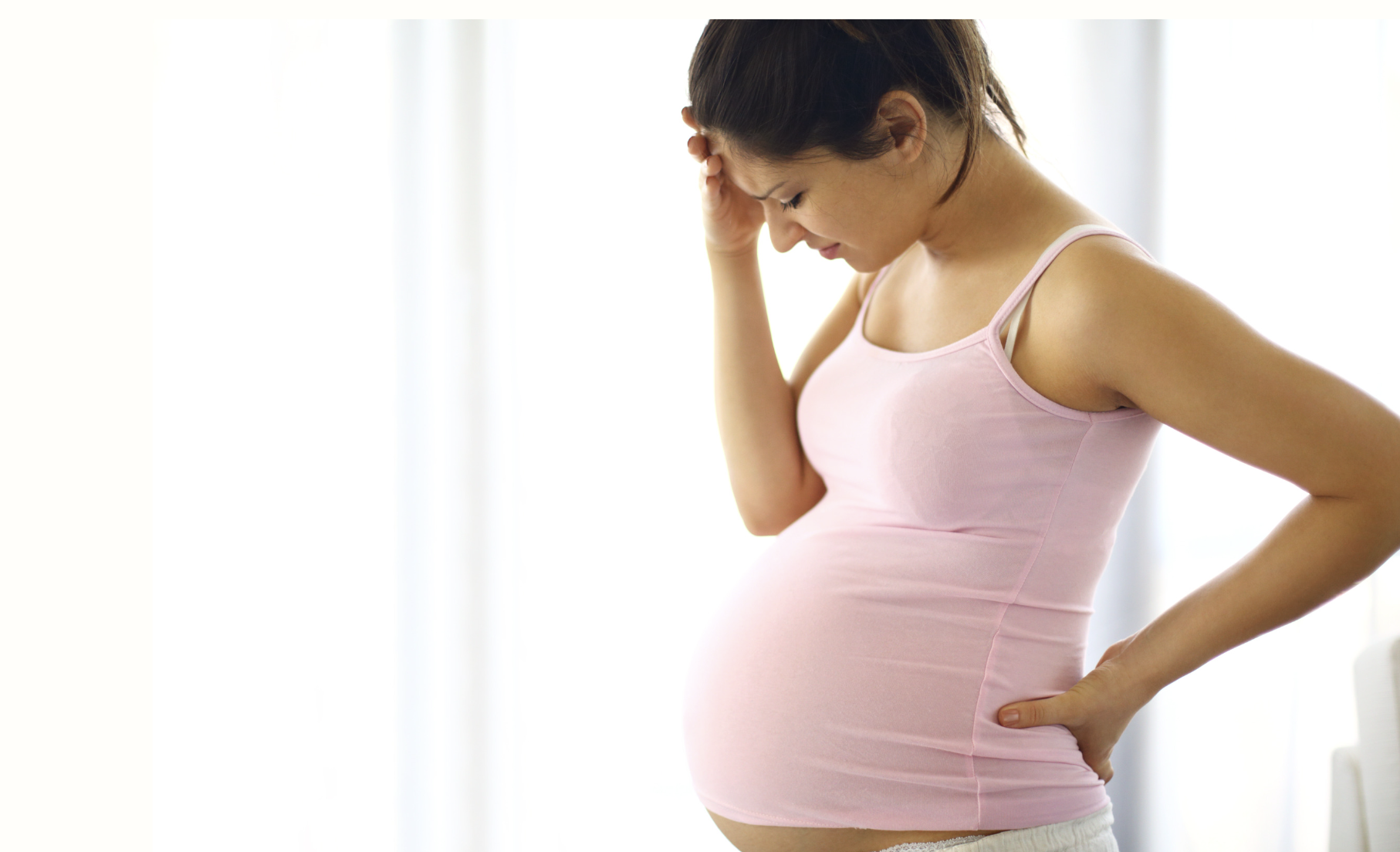Kirsten Fisch, MSN, RNC-MNN, IBCLC, LCCE Kirsten is a women's health nurse who specializes in high-risk pregnancy and postpartum care. She is certified in Maternal Newborn Nursing, a board-certified lactation consultant (IBCLC), and a Lamaze-certified childbirth Educator. She works with women from conception through postpartum. Passionate about empowering women during their reproductive journeys, Kirsten combines evidence-based care with compassionate support to promote health and well-being for mothers and babies.
The age-old practice of swaddling babies has been a topic of debate among parents, caregivers, and healthcare professionals for generations. From providing comfort and security to potentially hindering natural development, opinions on the necessity of swaddling vary widely. In this blog post, we’ll delve into the arguments for and against swaddling to shed light on whether this practice is truly essential for newborns.

The Case for Swaddling: Proponents of swaddling argue that it offers numerous benefits for newborns, including:
- Mimicking the Womb: Swaddling recreates the snug environment of the womb, which can help soothe babies by making them feel secure and comfortable. The feeling of being swaddled can remind infants of the cozy confines they experienced in utero, promoting better sleep and reducing fussiness.
- Improved Sleep Quality: Research suggests that swaddling can aid in regulating infants’ sleep patterns by preventing the startle reflex, also known as the Moro reflex, from disrupting their sleep. By keeping babies’ arms securely wrapped, swaddling promotes longer periods of undisturbed rest for both babies and their exhausted parents.
- Reduced SIDS Risk: Some studies have suggested that swaddling may lower the risk of sudden infant death syndrome (SIDS) by keeping babies in the supine (back) sleeping position, which is recommended by pediatricians to reduce the likelihood of SIDS.
- Easier Transition to Sleep: Swaddling can help babies transition from the constant motion of the womb to the stillness of the outside world more smoothly. By providing a sense of familiarity and security, swaddling can ease babies into sleep and promote better overall sleep hygiene.

The Case Against Swaddling: Despite its potential benefits, swaddling also has its critics, who raise concerns about:
- Hip Dysplasia Risk: Improper swaddling techniques, such as wrapping babies too tightly or restricting their hip movement, can increase the risk of hip dysplasia, a condition where the hip joint is unstable or dislocated. This is particularly true if babies are swaddled with their legs extended and tightly bound together.
- Overheating: Swaddling infants with too many layers of blankets or in warm environments can lead to overheating, which has been associated with an increased risk of sudden infant death syndrome (SIDS). It’s essential to ensure that babies remain at a comfortable temperature while swaddled to prevent overheating.
- Restricted Movement: Some experts argue that swaddling restricts babies’ natural urge to move and explore their environment, which is crucial for motor skill development. Babies need the freedom to kick, stretch, and move their arms and legs to develop muscle strength and coordination.
- Difficulty with Breastfeeding: Swaddling can make it challenging for babies to nurse effectively, as it restricts their ability to use their hands to self-soothe or to latch onto the breast. This can lead to frustration for both the baby and the breastfeeding parent, potentially impacting breastfeeding success.
The question of whether baby swaddling is necessary does not have a one-size-fits-all answer. While swaddling can offer benefits such as improved sleep and comfort for some infants, it’s essential to weigh these potential benefits against the risks and drawbacks associated with the practice. Parents should educate themselves on proper swaddling techniques, monitor their baby’s comfort and temperature, and be attentive to any signs of discomfort or distress while swaddling. Ultimately, the decision to swaddle a baby should be based on individual circumstances and preferences, with the primary goal of ensuring the health, safety, and well-being of the newborn.

Kirsten Fisch, MSN, RNC-MNN, IBCLC, LCCE Kirsten is a women's health nurse who specializes in high-risk pregnancy and postpartum care. She is certified in Maternal Newborn Nursing, a board-certified lactation consultant (IBCLC), and a Lamaze-certified childbirth Educator. She works with women from conception through postpartum. Passionate about empowering women during their reproductive journeys, Kirsten combines evidence-based care with compassionate support to promote health and well-being for mothers and babies.



